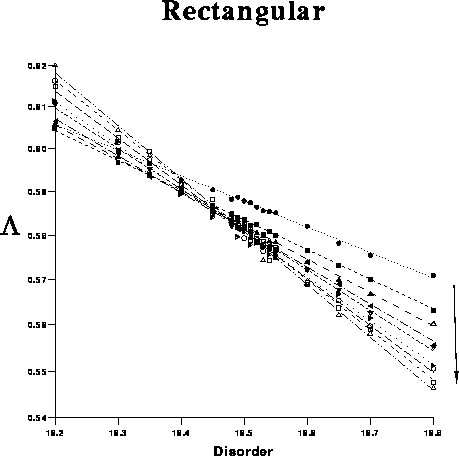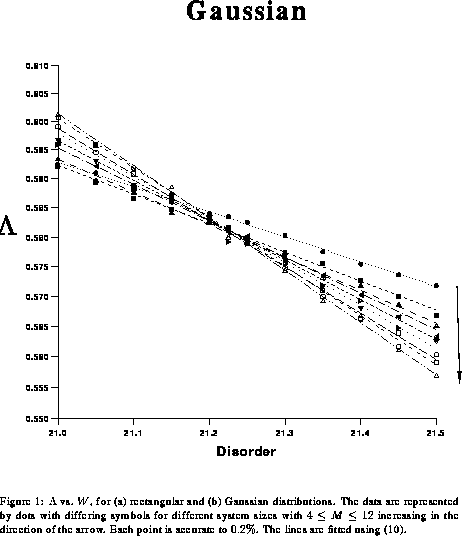 is
plotted against
is
plotted against  , the curves for different
, the curves for different  intersect at a
common point
intersect at a
common point  . In practice the data do not
behave in exactly this way. There is a small deviation from scaling.
This deviation could be taken into account by adding an extra term to
(8) which depends on
. In practice the data do not
behave in exactly this way. There is a small deviation from scaling.
This deviation could be taken into account by adding an extra term to
(8) which depends on  but not on
but not on  . Consider, however,
the form
. Consider, however,
the form

 , including
, including
 and
and  , and may still not represent the true deviation
from scaling. It seems better therefore to fit an independent
, and may still not represent the true deviation
from scaling. It seems better therefore to fit an independent  is derived solely from the gradient of
is derived solely from the gradient of 
